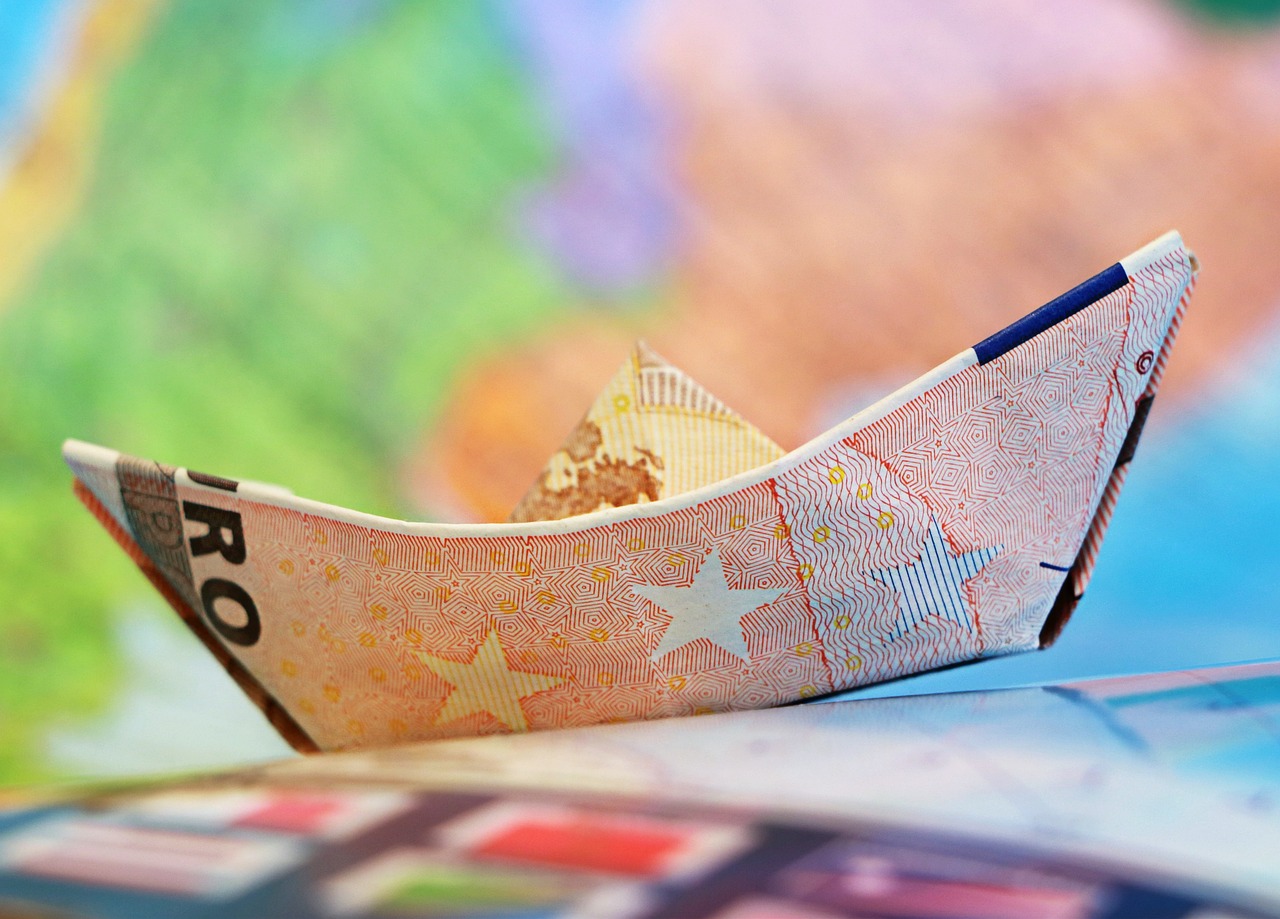Planning for the unexpected can feel daunting, but having a solid emergency fund is the cornerstone of financial security. Life throws curveballs – job loss, medical emergencies, unexpected home repairs – and without a financial cushion, these events can quickly spiral into debt and stress. This blog post will guide you through understanding, building, and maintaining your emergency fund, providing you with the peace of mind that comes with knowing you’re prepared for whatever life may throw your way.
What is an Emergency Fund and Why Do You Need One?
Defining an Emergency Fund
An emergency fund is a dedicated savings account specifically for covering unexpected expenses. It’s not for vacations, new gadgets, or planned purchases. Think of it as your financial safety net, designed to catch you when life’s surprises occur. It’s liquid, meaning you can access the funds quickly without penalty.
The Importance of an Emergency Fund
An emergency fund provides numerous benefits:
- Financial Security: Prevents you from going into debt when unexpected expenses arise.
- Reduced Stress: Knowing you have a financial cushion reduces anxiety during stressful situations.
- Prevents Debt: Avoids relying on high-interest credit cards or loans.
- Opportunity Cost: Prevents you from having to liquidate long-term investments at potentially unfavorable times.
- Peace of Mind: Allows you to focus on resolving the emergency, rather than worrying about the financial burden.
For example, imagine your car breaks down and needs a $1,500 repair. Without an emergency fund, you might have to put it on a credit card, incurring interest charges. With an emergency fund, you can cover the cost immediately and avoid debt. A recent survey showed that nearly 40% of Americans couldn’t cover a $400 emergency expense, highlighting the critical need for these funds.
How Much Should You Save?
Determining Your Target Amount
The general rule of thumb is to save 3-6 months’ worth of essential living expenses in your emergency fund. However, the ideal amount varies depending on individual circumstances.
- Assess Your Monthly Expenses: Calculate your essential monthly expenses, including rent/mortgage, utilities, groceries, transportation, insurance, and debt payments.
- Consider Your Job Security: If you work in a stable industry with high demand, a 3-month fund might be sufficient. If your job is less secure or you’re self-employed, aim for 6 months or more.
- Factor in Your Risk Tolerance: If you’re risk-averse, a larger emergency fund will provide more peace of mind.
- Account for Dependents: If you have dependents, you may need a larger emergency fund.
For example, if your monthly essential expenses are $3,000, your emergency fund goal should be between $9,000 (3 months) and $18,000 (6 months).
Adjusting Your Goal Over Time
Your emergency fund goal isn’t set in stone. As your income, expenses, and circumstances change, you should reassess and adjust your target amount accordingly. For instance, if you get a raise, consider increasing your emergency fund to reflect your increased spending or financial responsibilities.
Where to Keep Your Emergency Fund
Choosing the Right Account
The ideal place for your emergency fund is a secure, liquid account that offers easy access to your funds.
- High-Yield Savings Account (HYSA): Offers a higher interest rate than traditional savings accounts, allowing your money to grow faster. Look for FDIC-insured accounts for maximum security.
- Money Market Account (MMA): Similar to a HYSA, but may offer slightly higher interest rates and may require a higher minimum balance. Also FDIC-insured.
- Certificate of Deposit (CD): While CDs offer higher interest rates than savings accounts, they are less liquid, as you may incur penalties for early withdrawal. Therefore, CDs are not recommended for an emergency fund.
Avoid investing your emergency fund in the stock market or other volatile investments, as you need to be able to access the funds quickly and without risk of loss.
Accessibility and Security
Ensure that you can easily access your emergency fund when needed. Online savings accounts often offer convenient access through online banking and mobile apps. Also, prioritize security by choosing an FDIC-insured institution and using strong passwords.
How to Build Your Emergency Fund
Setting Realistic Goals
Building an emergency fund takes time and discipline. Start by setting small, achievable goals.
- Start Small: Even saving $25 or $50 per week is a great start.
- Automate Your Savings: Set up automatic transfers from your checking account to your emergency fund each month.
- Track Your Progress: Monitor your savings and celebrate your milestones to stay motivated.
Finding Extra Money to Save
Look for opportunities to increase your savings rate.
- Cut Expenses: Identify areas where you can reduce spending, such as dining out, entertainment, or subscriptions.
- Increase Income: Consider taking on a side hustle, freelancing, or selling unused items.
- Use Windfalls Wisely: Direct any bonuses, tax refunds, or gifts towards your emergency fund.
For example, cutting back on two restaurant meals per week could save you $100 or more per month, which can then be put toward your emergency fund.
Maintaining and Replenishing Your Emergency Fund
Regular Review and Replenishment
It’s essential to regularly review your emergency fund and replenish it after use.
- Annual Review: Review your emergency fund at least once a year to ensure it still aligns with your needs.
- Replenish After Use: If you use your emergency fund, prioritize replenishing it as soon as possible.
- Adjust for Inflation: Periodically adjust your emergency fund goal to account for inflation.
Avoiding the Temptation to Use It
An emergency fund is specifically for emergencies, so avoid using it for non-essential expenses. Define what constitutes an emergency for you, and stick to that definition.
- Distinguish Between Needs and Wants: An emergency is a critical, unexpected expense that you cannot avoid.
- Have a Plan: Before tapping into your emergency fund, explore other options, such as negotiating payment plans or seeking assistance programs.
Conclusion
Building an emergency fund is a crucial step towards financial security and peace of mind. By understanding the importance of having an adequate emergency fund, setting realistic goals, choosing the right account, and maintaining your savings, you can protect yourself from life’s unexpected challenges and build a stronger financial future. Start small, stay consistent, and remember that every dollar saved is a step towards a more secure tomorrow.




